It's you're lucky day; you've finally found a website that talks about wild animal repellant. Finally, you're about to find out what you need to...
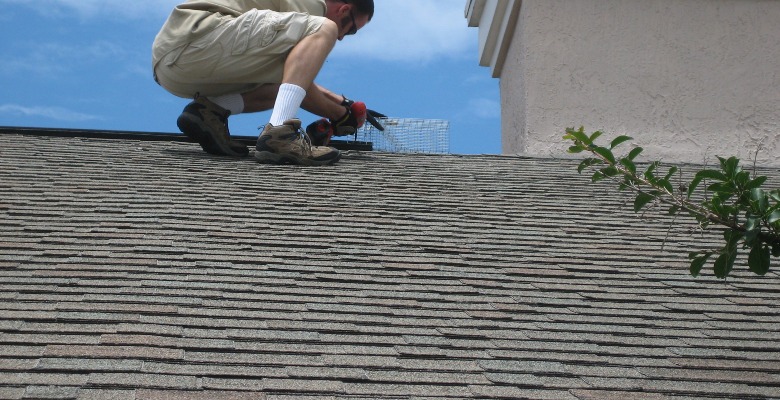
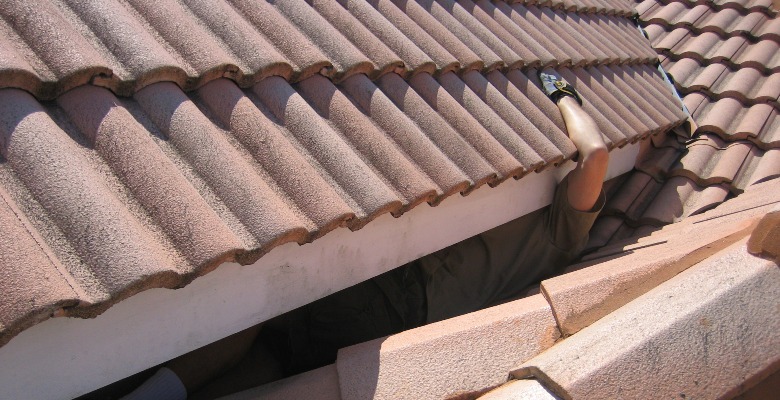
A wild animal on your roof is a warning sign of worse things to come. If an animal is on the roof it’s likely inspecting it for openings to lead to the interior of the home. Some animals, like squirrels and raccoons are adept climbers, and if there are nearby trees or decorative structures that can provide access, these animals won’t hesitate to climb onto a house and investigate.
If an animal is just on the roof looking for the first time, it’s not too late to take preventative actions so that wild animal doesn’t find a place to live permanently. As soon as you have the opportunity, you need to get on the roof yourself and do a complete inspection. Any holes or damaged areas need to be repaired immediately. It will only take a matter of hours for a determined raccoon or squirrel to widen a seemingly too-small opening and work their way inside. The goal is to prevent this process before it happens. In addition to repair work, any nearby trees or poles should be removed (if possible) to discourage animals from climbing them and jumping onto the house.
If you need to remove a wild animal on your roof, however, there’s a good chance that animal has already made a home in the eaves or the attic. In this situation, it is just as important to get on the roof and do an inspection, this time identifying all the opening the wild animal is using for entry. Once the openings are identified, the next steps in the trapping and removal process can take place.
We can help! As America’s largest wildlife control company, we service over 1000 locations across the USA. Call us today to check our prices in your town.
Roof-dwellers tend to be squirrels and raccoons, though other animals like opossums have been known to frequent these high locations. Because not everyone has an open attic to place large cage traps, exclusions doors/traps are often the ideal combination for this issue. Exclusion doors–panels over openings that allow wildlife out but not back in–can be used alone, but a determined, panicked wild animal will do everything in its power to chew back through the opening. Unless you take the time to patch your roof area with sheets of metal, it won’t be long before the animal you’ve excluded has re-entered the building. For this reason, exclusion doors that lead into a cage trap are the best option. Once the wild animal leaves through the exclusion door, it will find itself in a cage trap. This prevents the animal from frantically trying to find a way back in and damaging the home further. The homeowner or wildlife professional can then remove the trap, safely transporting the animal to a new location.
Homeowners are not advised to take on roof trapping without guidance or without professional assistance. Many local laws prohibit homeowners from trapping wild animals, and some have relocation laws as well. What’s more, professionals have the appropriate tools for the job already, and these always work better than a homemade cage/exclusion door setup. By making your own trapping devices, you risk injuring the animal during the process, or the plan may backfire unexpectedly and the home may suffer additional damage.
This process to remove a wild animal on your roof can also be dangerous due to the locations you have to work in. A professional team will have all the equipment necessary to safely navigate the highest points of a home.
Once the wild animal has be captured and removed, the repair process begins. You cannot remove a wild animal and the neglect to repair the damaged areas that it has left behind. Not only will these opening still allow new animals to enter, the skin oil secretions left behind act as an additional lure to animals f the same species. Repair the damaged home exterior, and make sure the den area inside the roof is thoroughly cleaned out and no organic material is left behind.
When it comes to removing a wild animal on your roof, trapping with exclusion is generally the best bet. The exception to this rule, and almost every wildlife removal protocol, is when you are dealing with bats. Bats live in colonies and are protected by law as migratory animals. You cannot trap and remove bats on your own, they must leave of their own free will. For bat removal, the installation of exclusion nets , which work similarly to exclusion doors, is the only option. Thankfully, bats are not as skilled at chewing or digging their way back inside a home. Once forced outside, they will eventually need to relocate. Just be aware that once the bats have left the premises, you must immediately repair the opening to ensure no bats return.
Over 1000 locations across the United States!
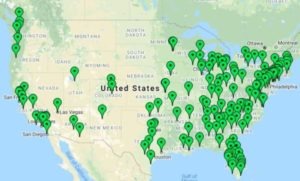

It's you're lucky day; you've finally found a website that talks about wild animal repellant. Finally, you're about to find out what you need to...
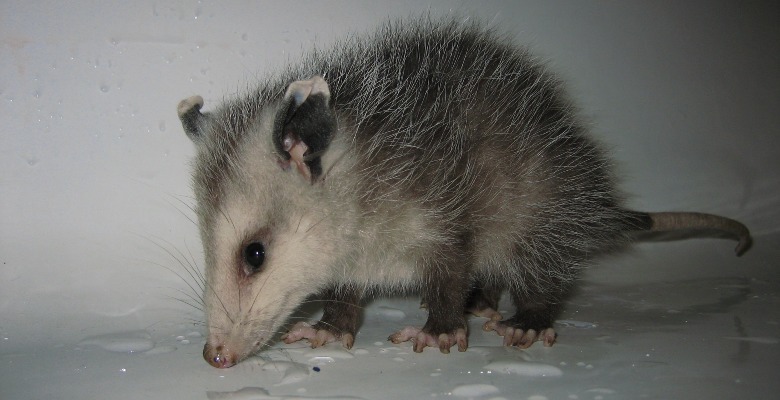
Wild animals can expose humans and pets to a number of diseases. Some of these issues, like rabies, are well-known, but others may not be so...
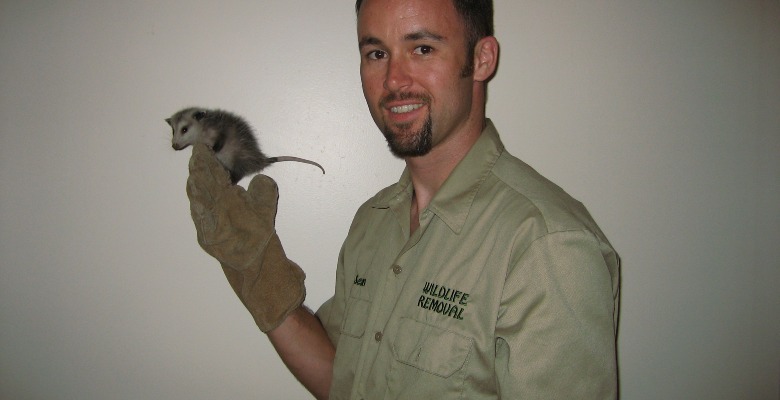
There are many myths out there regarding humans and baby wild animals; if you touch it the mother won't take it back, etc. The truth is less severe,...